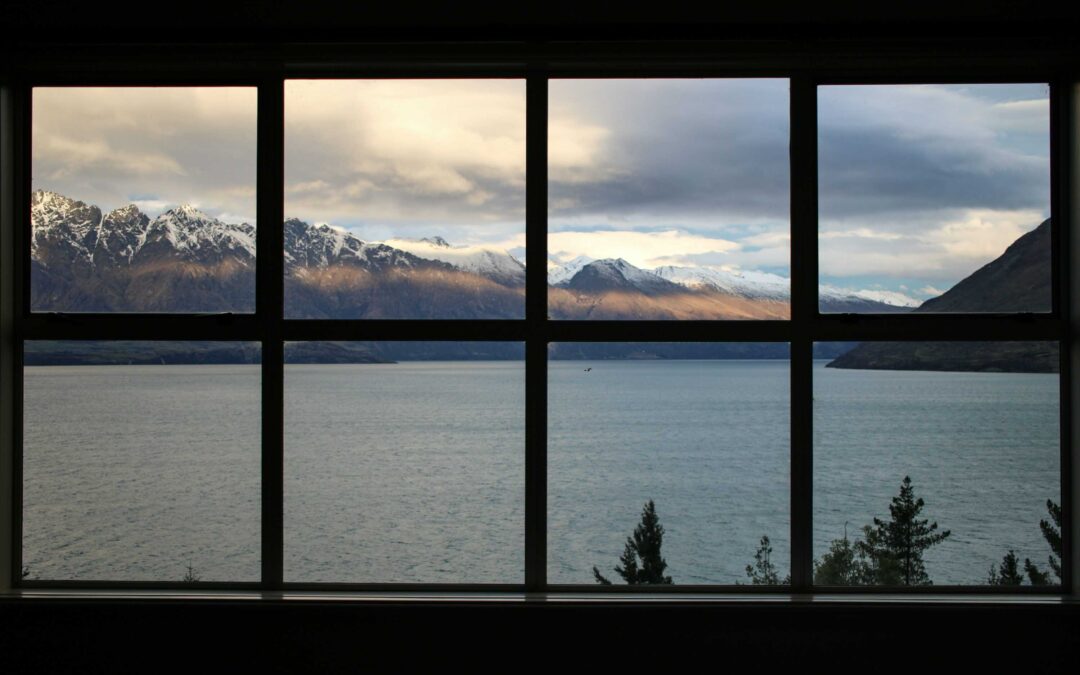You walk into a room and something just feels right. Maybe it’s the warmth of morning sun spilling gently over the floors. Or the soft glow of filtered afternoon light wrapping the walls in a quiet haze. These are not accidents—they’re intentional design choices. And at the heart of these subtle transformations is one powerful, often underappreciated tool: window treatments.
Light is one of the most influential elements in interior design. It defines color, carves space, and shifts emotion. Managing that light isn’t just about brightness or privacy—it’s about creating atmosphere. With the right shutters, blinds, roller shades, or layered window treatments, you can sculpt how a room feels from hour to hour.
Here’s how to think about lighting as part of your overall design—and how the right window solutions help you shape not just rooms, but experiences.
Morning: Letting the Light Wake the Room
In early hours, your space should feel soft, open, and inviting. Natural light during this time is gentler, angled low, and cooler in tone. The goal is to let it in gradually—without overwhelming the room or compromising privacy.
Sheer roller shades work beautifully here. They allow diffuse light to pour in while softening glare and silhouettes. The material you choose matters: a warm-toned sheer will bathe the room in golden hues, while cooler-toned fabric can create a more crisp, modern start to the day.
In kitchens and dining nooks, this type of lighting enhances energy and clarity. Rooms feel fresher. Mornings feel brighter—even before coffee.
For east-facing windows, adjustable blinds offer another layer of control. You can tilt slats upward to reflect sunlight off the ceiling, lighting the space without heating it. That subtle direction of light instantly changes the room’s tone.
Midday: Defining Focus and Function
By late morning into afternoon, the light is strong, direct, and often harsh—especially in south-facing rooms. This is when functionality becomes just as important as aesthetics.
Plantation shutters shine here (literally and figuratively). Their wide, solid louvers allow for precise control of light flow. Tilt them slightly, and you get natural brightness without eye-level glare. Swing them fully open to fill the room. Keep them closed, and the space becomes an oasis of calm.
In home offices or reading rooms, managing this light is crucial. Unfiltered sunlight can fatigue the eyes and overheat the space. A well-designed set of shutters or blackout roller shades maintains comfort and keeps focus intact.
Late Afternoon: Mood Shifting and Layering
As the sun begins to dip, light takes on warmer, golden tones. This is the time for layering—combining treatments to enhance texture, shadow, and softness.
Think of pairing blinds with light drapes or combining roller shades with sheer panels. These layered looks don’t just offer visual interest—they give you more nuanced control of the changing light.
In living rooms or lounge areas, letting light filter through different textures creates dimension. Wooden blinds cast striped shadows that move as the sun shifts. Soft fabric shades transform windows into living canvases. The interplay feels dynamic and relaxed.
Here, ambiance is everything. You’re not just managing light—you’re painting with it.
Evening: Creating Calm and Closure
As daylight fades, window treatments take on another role: helping your home shift from alert to relaxed. Rooms feel cozier when light is blocked intentionally, not just by nightfall but by design.
Blackout roller shades or tightly shut shutters signal the transition from day to night. They close off the outside world and turn the room inward. In bedrooms, this is essential—not just for sleep, but for mental calm.
Blinds and shades with room-darkening capabilities also contribute to more restful evenings. The idea isn’t to shut everything out, but to soften the world gradually. As night takes over, your lighting should follow suit, and your window treatments guide that process.
Room-by-Room Mood Mapping
Every space in your home serves a purpose. And each one benefits from a tailored lighting plan. Here’s how to approach it with intention:
Living Room
Goal: Versatility and texture
Use: Sheer roller shades for daytime glow; pair with heavier blinds or drapes for depth
Kitchen
Goal: Bright, clean, and breathable
Use: Faux wood blinds or moisture-resistant shutters that allow quick adjustments
Bedroom
Goal: Privacy and serenity
Use: Room-darkening shades layered with soft curtains or shutter panels that seal off light
Bathroom
Goal: Soft light + total privacy
Use: Top-down-bottom-up shades, or vinyl shutters for moisture durability and control
Office/Studio
Goal: Focus and visual clarity
Use: Light-filtering roller shades that block glare while preserving brightness
Natural Light and Interior Color
Here’s an often-overlooked truth: how you control light affects how every color in your home looks. Walls painted gray may lean blue or taupe depending on how much light hits them. Wood tones shift from golden to cool. Even white reflects differently when filtered through shutters or shades.
That’s why choosing the right window treatment isn’t an afterthought. It’s part of the color story. It’s how you manage the mood from morning light to twilight shadows.
Materials Matter: More Than Just Fabric
Window treatments are as much about feel as they are about function. Think beyond color. Think about the sensory impact:
- Wooden shutters add warmth and texture
- Metal blinds reflect light and create cool, modern contrasts
- Woven roller shades introduce softness and natural rhythm
- Linen sheers breathe life into still rooms
Choosing the right material shapes how light lands, moves, and feels in your space. It becomes part of your interior language.
Final Thought: Let the Light Work for You
Light is the most ephemeral element in design—and one of the most powerful. It can sharpen or soften a space. It can energize or calm. And with the right window treatments, it becomes something you don’t just admire—you control.
Whether you’re closing the louvers of a shutter, pulling down a roller shade, or adjusting a blind to catch the last sliver of sun, you’re setting the tone of your space. Not just visually, but emotionally.

Recent Comments